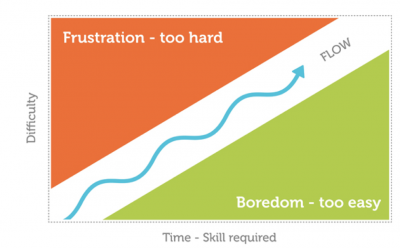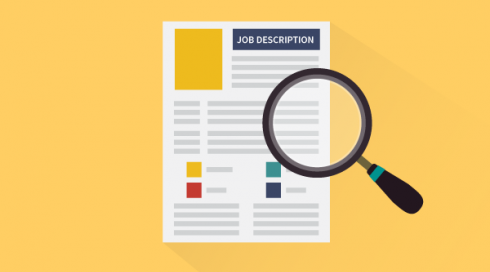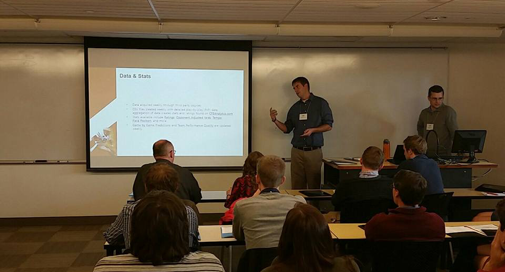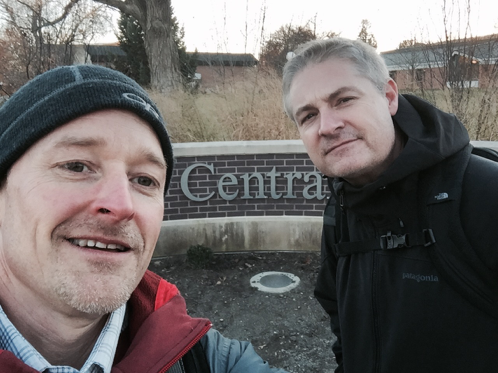Office Design to Improve Hiring Outcomes
Often, job seekers are interviewing for multiple companies at the same time during their job search. Not only are they trying to impress you during the interview process, but if you want them to accept your offer, you should also be trying to impress them. To obtain top talent for your open positions, there are several things to consider when trying to impress your current and prospective employees.
One way to impress prospective employees is to create a physical space that people want to see themselves working in. Similar to a candidate dressing well for their interview, business owners should consider the aesthetics of their workplace, and how it impacts current and potential employees. Working in a bland office versus a tastefully designed office within your brand aesthetic could be the deciding factor for a potential candidate.
Why Does It Work?
A pleasing workplace design can benefit you and your employees in many ways. Being in an organized, well-designed space make you feel good while you work, leading to increased productivity and job satisfaction.
- Increased Productivity: A nonfunctional, cluttered, boring, or outdated workplace can be distracting to employees, leading to decreased productivity. An organized space especially leads to increased productivity, as less time is spent shuffling through mess to find what you need to complete a task.
- Happier Employees: Morale can be boosted simply by improving the design of your workplace to make it a more desirable place to be. This includes a color scheme and décor. Certain colors tend to have different effects on people, so choose colors that make employees feel the way you want them to.
- Improved Retention Rates: Happier employees who enjoy spending time in the place they work at are more likely to stay. By improving your office design to make it a place employees enjoy being, they’re less likely to want to leave.
- Customer Impression: The focus here is on your employees but making improvements to your office’s design doesn’t stop there. A clean and inviting office space also gives a good impression to customers visiting your business.
How to Improve Your Office’s Design
You know the importance of a well thought out office design, so what elements can you incorporate to make it happen? There are many components your business can consider when trying to spruce up your space to impress potential and current employees.
- Open concept office designs and shared workspaces continue to be popular, and work well when it is time to collaborate. Within these spaces, however, it is important for there to be places where employees can work independently and focus on their individual tasks without distraction when they choose to. When it is possible, designating permanent personal workspaces and allowing employees to add photos and other personal décor can also lead to increased job satisfaction.
- Create spaces to embrace mindfulness and wellbeing. Studies have shown that overall wellbeing of employees increases when workspaces include natural features. Consider adding greenery throughout the workplace, spaces designed specifically for relaxation, and outdoor spaces. If outdoor space isn’t an option, find ways to feature natural light whenever possible.
- More organization, less clutter. In addition to an organized space being a more productive space, it also leads to a cleaner space. Clutter can impact anxiety levels and ability to focus, which leads to unhappy and less productive employees.
Contact Stang Decision Systems
Before you can impress potential hires with your office design, you need to get the top talent for your business. Contact Stang Decision Systems to make smarter hiring choices.












